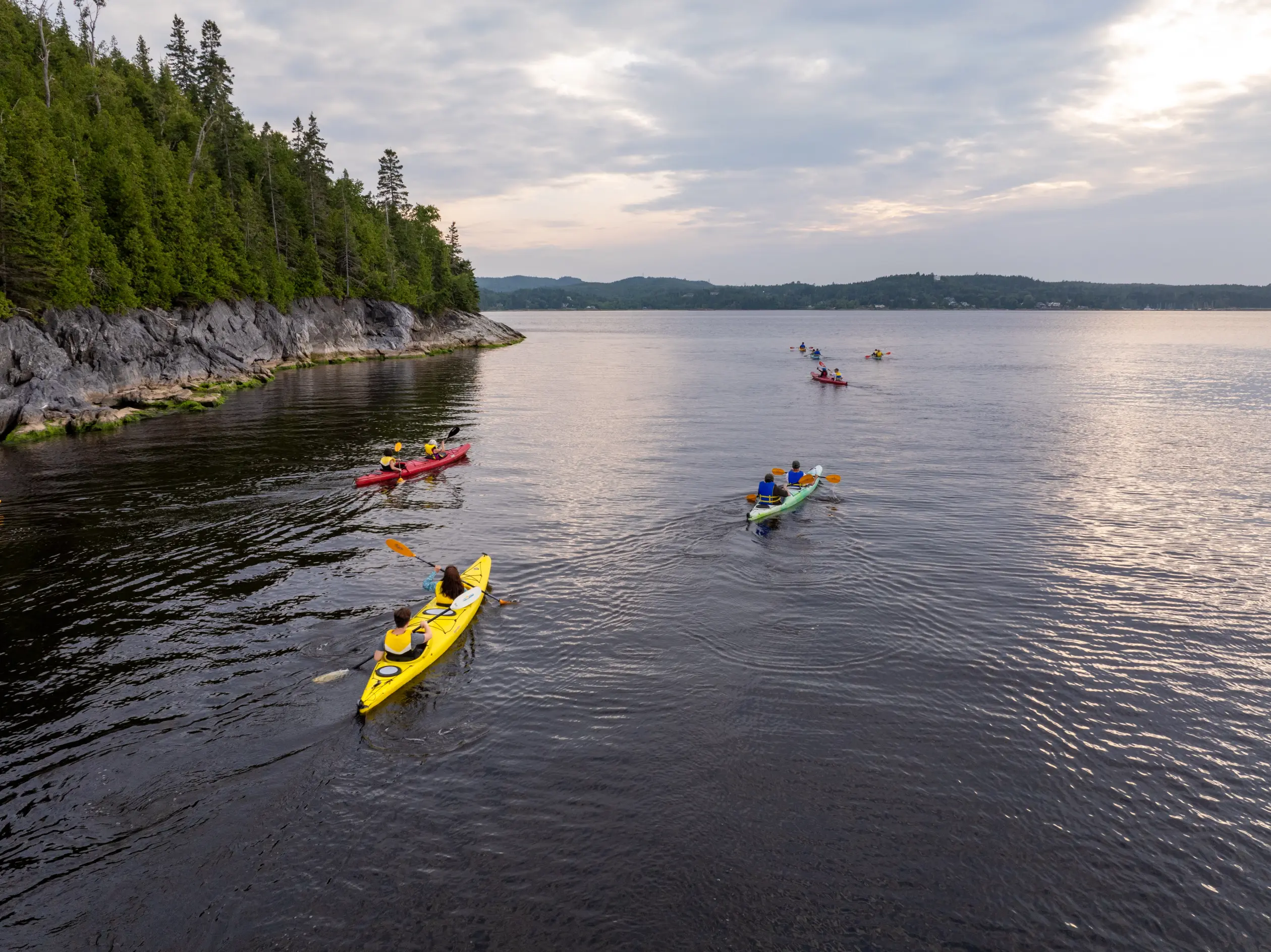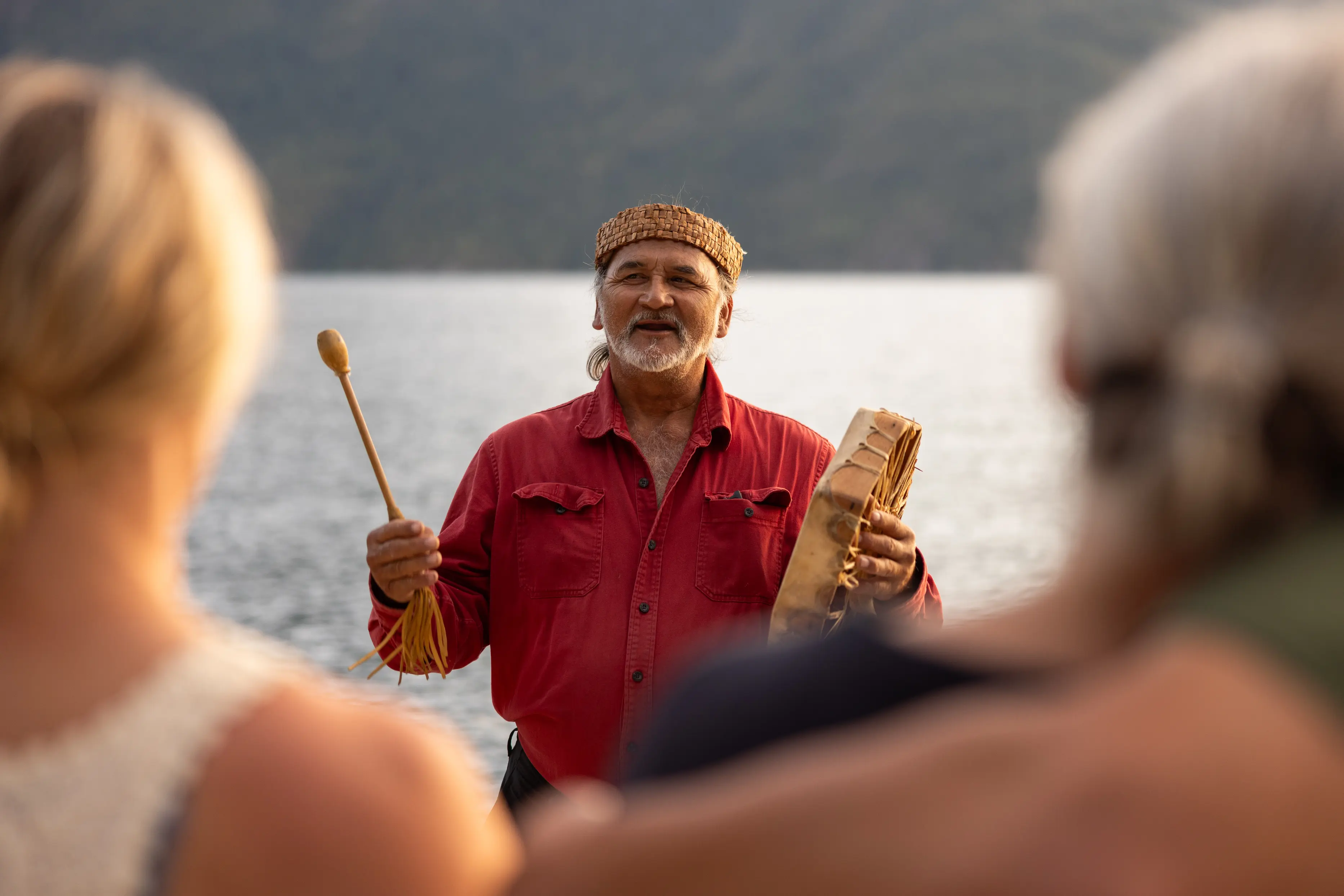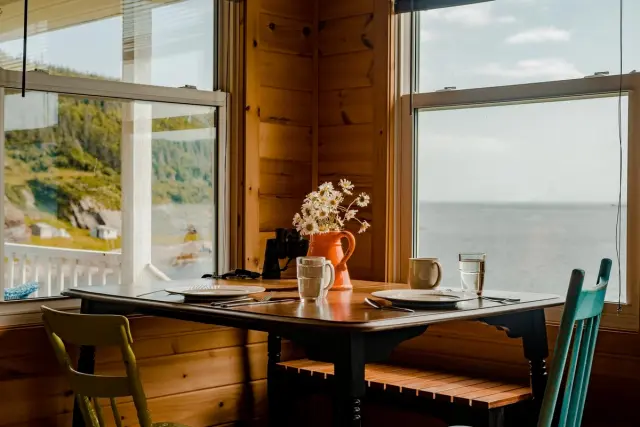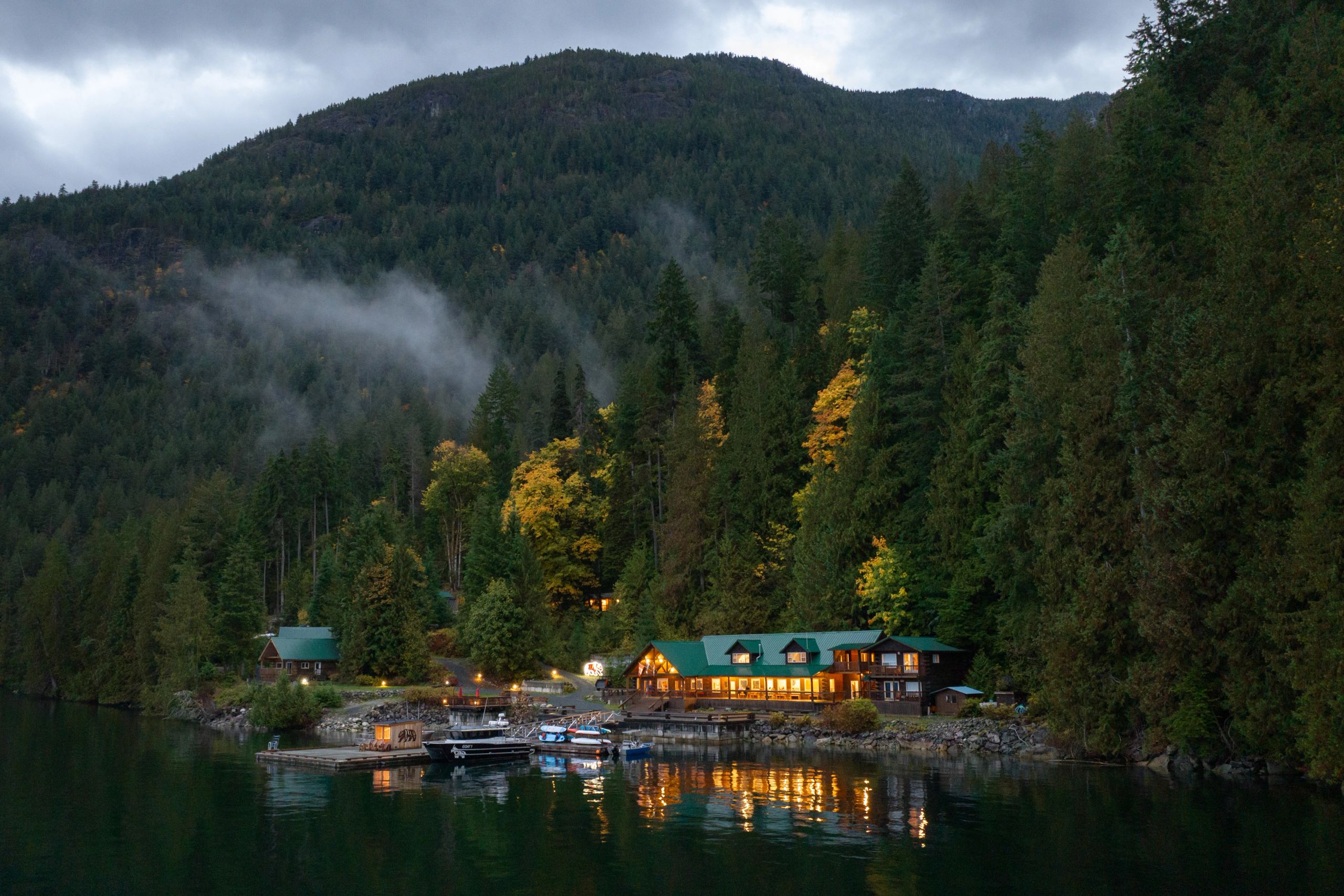
Destinations
Beyond Sustainable: Canadian Experiences Leading the Way in Regenerative Travel
Discover how Canada is at the forefront of regenerative travel, offering premier experiences that restore and revitalize destinations. Learn the difference between regenerative and sustainable tourism and explore leading Canadian initiatives across the country.
Share
Regenerative travel: it’s more than a trend.
It is a transformative approach to tourism that promotes restoring, protecting and revitalizing the destinations we visit. It’s about giving back rather than just taking - it’s reciprocity and a mutually beneficial exchange between travellers and the communities and destinations they visit.
This shift in offerings redefines past notions of success in tourism. Traditional travel often focuses on consumption, while regenerative travel addresses the depletion caused by tourism.
REGENERATIVE VS. SUSTAINABLE TRAVEL: WHAT'S THE DIFFERENCE?
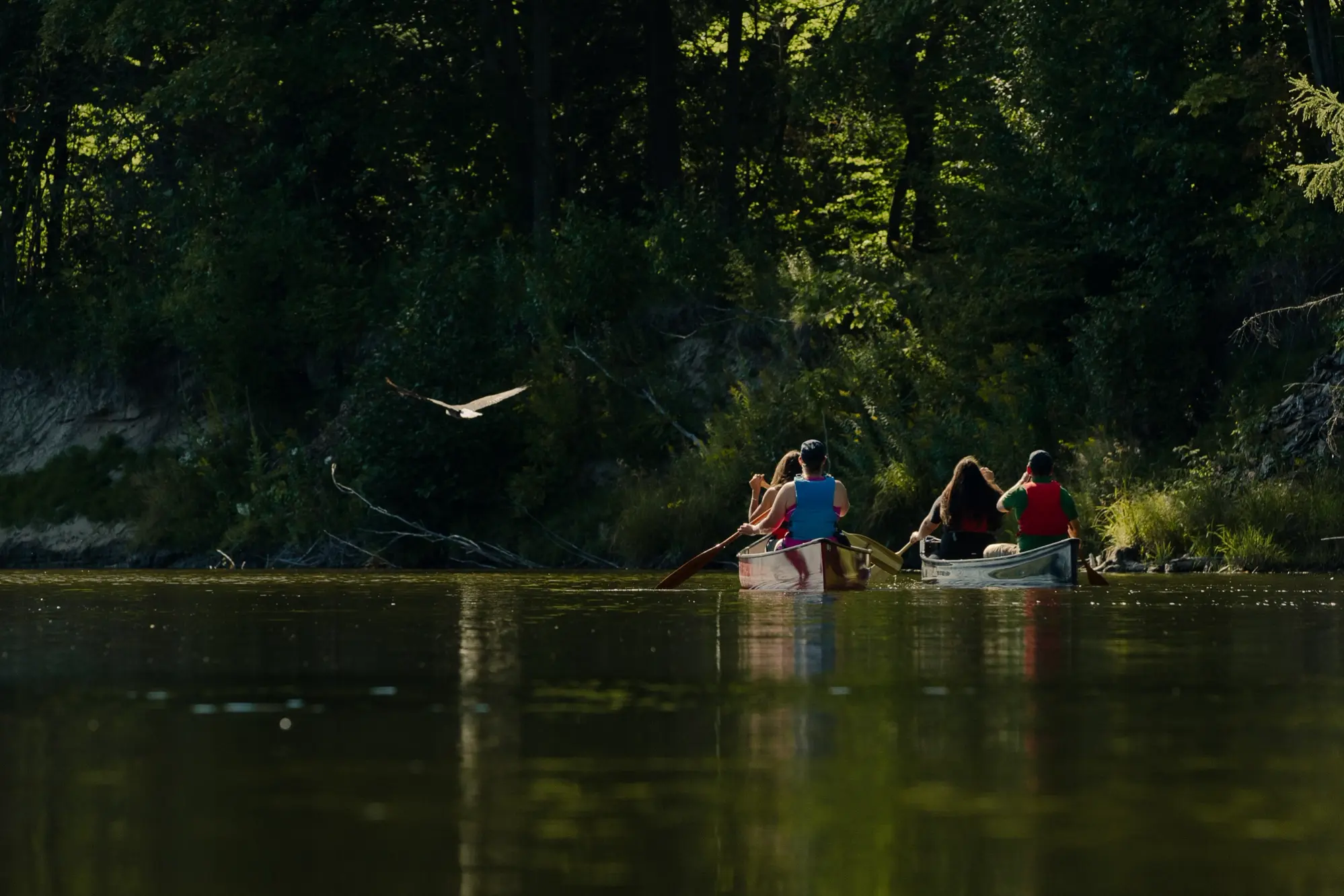
Regenerative travel goes beyond conservation and sustainability. While both try to reduce tourism’s negative impacts, such as overtourism and cultural, environmental and community harm, they are not the same.
Sustainability is about maintaining balance by doing less of those things that have negative impacts, and sustainable travel encourages tourism practices such as water and energy conservation, recycling, supporting local businesses, and contributing to community conservation projects.
Though this type of travel often involves community engagement, its primary focus is on minimizing damage. In contrast, regenerative travel promotes ways to improve, restore or revitalize, taking the concept a step further.
HOW DOES ECO-TOURISM FIT IN?

A branch of sustainability, eco-tourism promotes the appreciation of natural areas, and supports environmental conservation and local well-being while educating travellers. According to the Global Sustainable Tourism Council, “Ecotourism is a niche segment of tourism in natural areas. Sustainable Tourism does not refer to a specific type of tourism, it is an aspiration for the impacts of all forms of tourism. All forms of tourism should be sustainable.”
Regenerative travel encompasses sustainability and ecotourism.
It shifts beyond leaving a place better than when you found it, which often puts the responsibility solely on travellers. Instead, regenerative travel requires community participation; and therefore, begins at the destination, or tourism property level.
It affords travellers with authentic experiences that reduce impact and give back, helping destinations thrive. Likewise, it urges destinations to create products and experiences that support businesses, employees and communities, enabling environments and ecosystems to flourish.
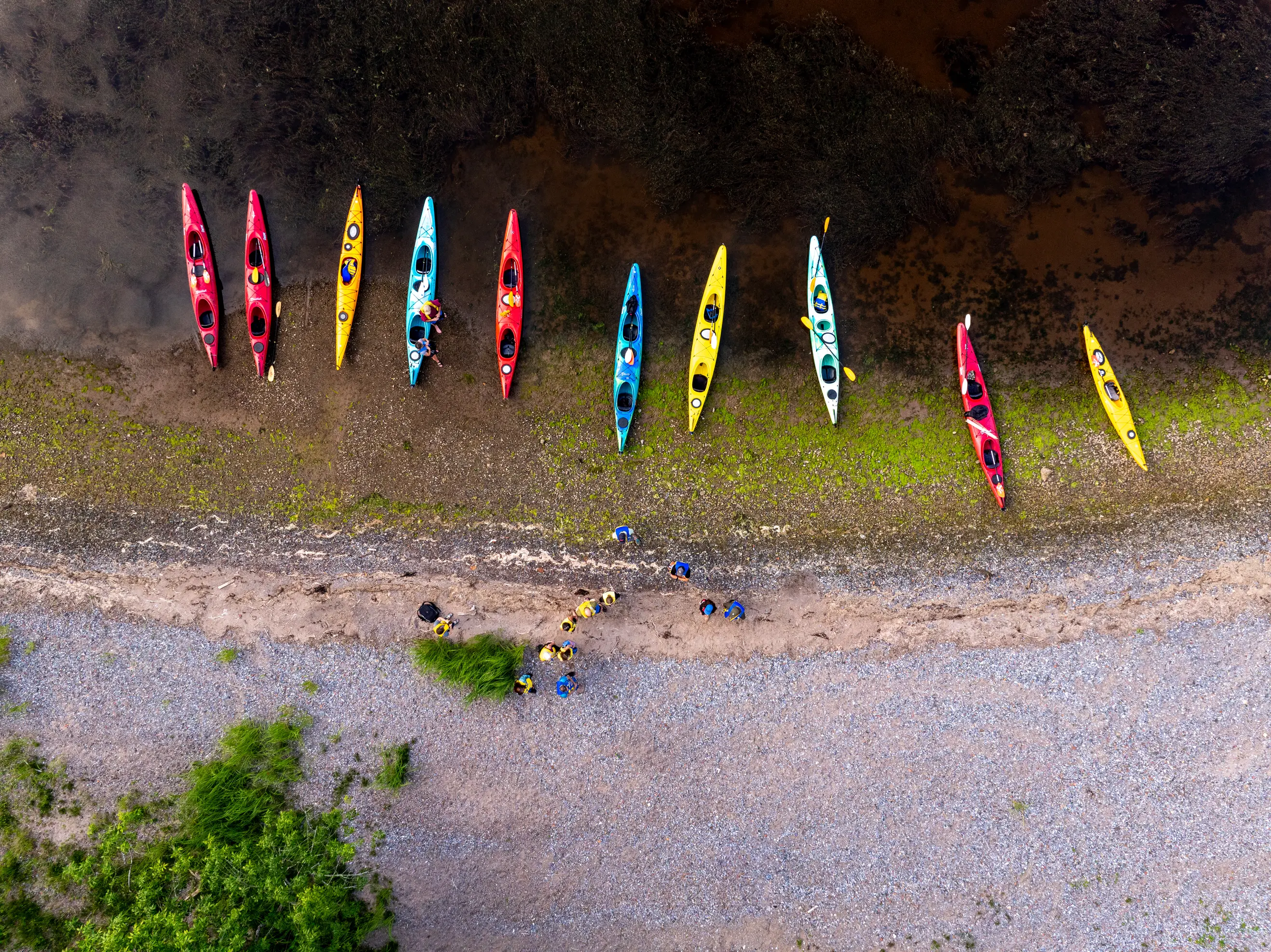
At its core, regenerative travel adopts a holistic approach emphasizing interconnectedness. It offers travellers immersive, meaningful and often transformative experiences, while contributing to preserving, restoring and protecting habitats and heritage. For destinations and communities, it develops resilience and leverages naturally found assets in non-exploitative ways.
Regenerative tourism is already reshaping the way destinations and organizations operate. Examples include cultural workshops, ecosystem restoration projects, conservation-focused volunteerism, and choosing sustainable options for transportation and accommodations.
CANADA'S LEADERSHIP IN REGENERATIVE TOURISM
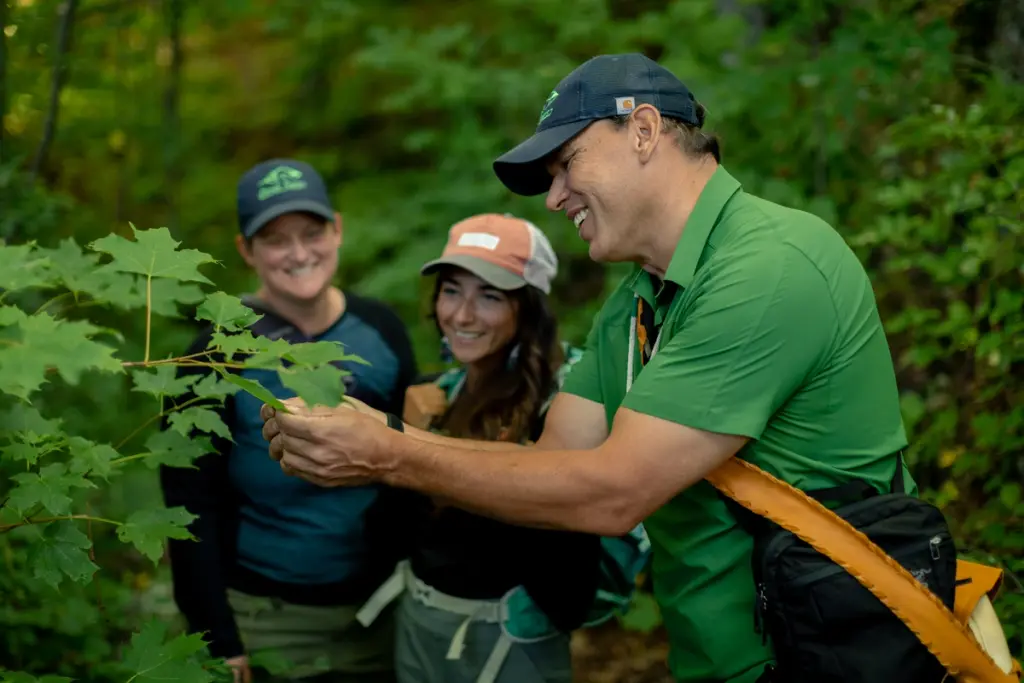
In Canada, regenerative travel is gaining momentum. Tourism organizations, operators and communities are leading by example, showcasing how this approach can reshape travel. From eco-conscious resorts to Indigenous-led cultural initiatives, these Canadian experiences embody the principles of regeneration, while offering visitors deep connections and meaningful contributions.
LEADING EXAMPLES ACROSS CANADA
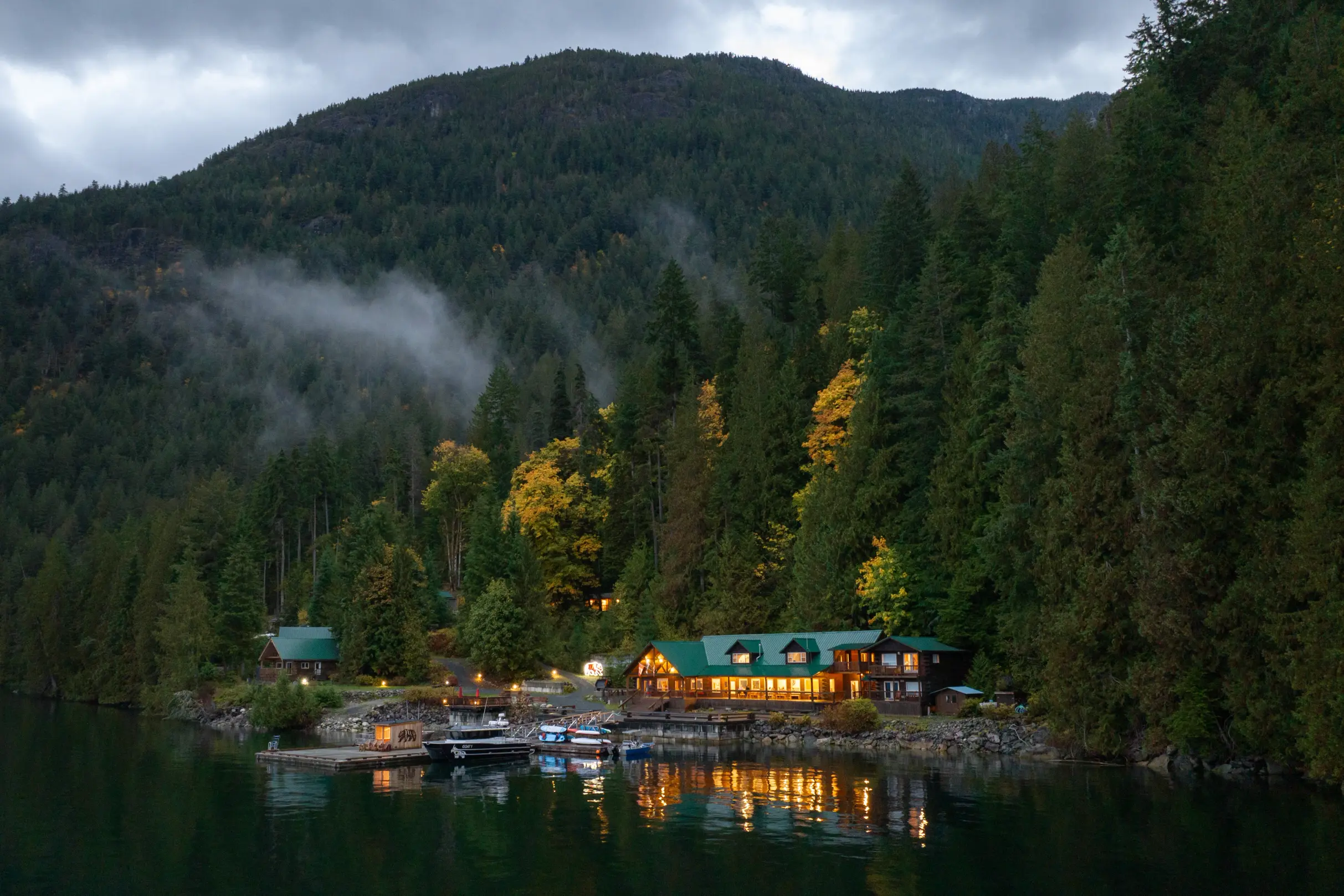
Fogo Island Inn: Deeply committed to sustainable practices and promoting local one-of-a-kind experiences through community immersion, the Inn, touted as Canada’s first regeneratively-designed hotel, has a guiding principle “to meet the needs of the present generation with deep respect for the needs of future generations and the sacredness of the natural world.”
Maple Leaf Adventures: In 2024, they focused their offerings on regenerative travel with yachting expeditions led and designed by locals that allowed guests to participate in beach clean-ups to help protect places such as Haida Gwaii and the Great Bear Rainforest.
Moratorium Retreats: Offers immersive experiences connecting travellers to the region’s culture, history, and natural beauty, by transforming the story of the cod collapse into a path toward sustainable growth and community empowerment.
Klahoose Wilderness Resort: Dedicated to hiring and promoting locals, this eco-conscious resort offers authentic Indigenous-led experiences, fostering understanding through cultural immersion and participation, leaving guests with meaningful experiences.
Landsby: Focused on Indigenous and regenerative travel, they aim to enrich travellers while positively impacting communities and rebuilding Canada’s tourism sector.
Adventure Canada: Their small-ship expeditions include ways for travellers to participate in regenerative travel, such as the “Taste of Place program,” which highlights and educates guests about regenerative local food systems to regions they travel. The Regenerative Travel section of Adventure Canada’s Mindful Explorer features articles on their sustainable offerings.
BROADER INDUSTRY EFFORTS
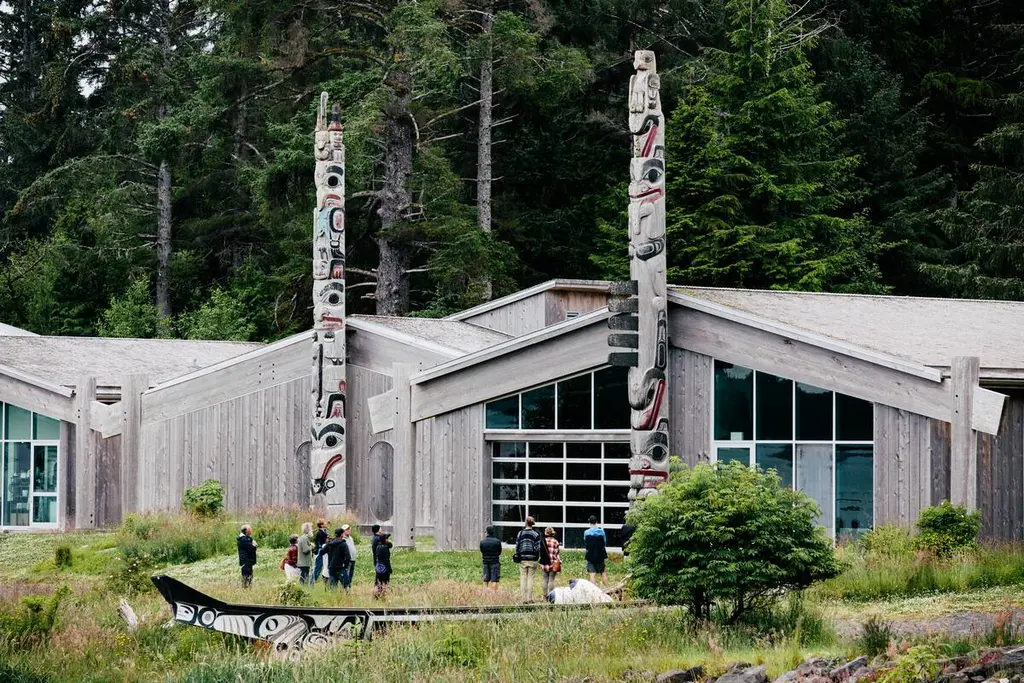
Destination Canada: Is “committed to sustaining a premier four-season tourism economy that is regenerative in nature,” and in 2023, released A Regenerative Approach to Tourism in Canada and became a member of the Global Sustainable Tourism Council, reflecting their efforts to lead by example in sustainable tourism development.
Destination Indigenous / Indigenous Tourism Association of Canada (ITAC): Makes regenerative tourism a central part of its approach to growing Indigenous tourism in Canada through partnerships, funding programs, and advocacy that prioritize Indigenous land stewardship, cultural preservation, and community-led development. Read more about past Go Canada experiences with Destination Indigenous partners in Ontario and New Brunswick.
BC Tourism Sustainability Network: Produced a guide encouraging other businesses to consider implementing sustainable and regenerative tourism practices.
Indigenous Tourism BC: Actively supports Indigenous operators and businesses offering regenerative travel experiences.
Banff & Lake Louise Tourism: Hosted workshops on regenerative tourism in 2024 and emphasized collaboration as the way forward for sustainable tourism in their vision.
At its simplest form, regenerative travel is about restoring and revitalizing. It’s travelling with an intention to create positive and lasting impacts on places we visit. It includes empowering communities, enriching cultural heritage and improving ecosystems.
By providing opportunities to be sustainable, reciprocal, and mutually beneficial, this holistic approach mitigates negative tourism impacts and creates meaningful experiences for travellers. It is the future of tourism.

Jenn Smith Nelson
Contributor
Jenn Smith Nelson is an award-winning freelance travel writer, photographer and author. She’s contributed hundreds of articles to outlets including enRoute, Toronto Star, Globe and Mail, Canadian Geographic, explore, Best Health, Birding and more. Jenn often writes about the intersection of travel and wildlife, adventure, wellness and connection. She co-authored her first book 110 Nature Hot Spots in Manitoba and Saskatchewan, in April 2019, and has contributed to others.
